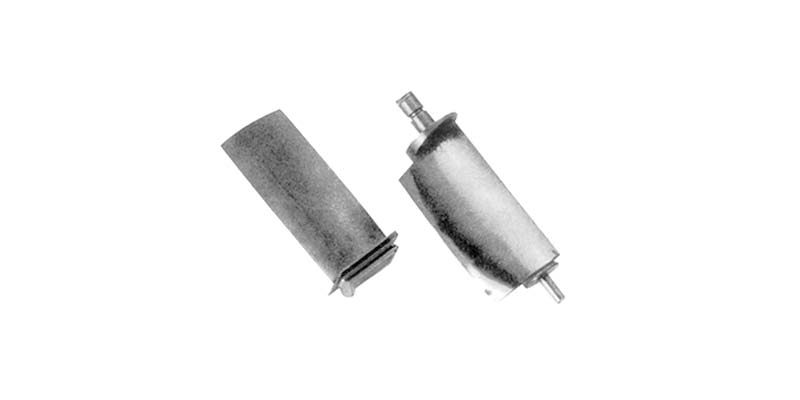- Contact Innally, Let you purchase forgings in China more favorable prices, products more assured!
- Hotline:+(86)15038323776 Email:innally@innally.com
Titanium alloy blade forging process: Technical challenges and solutions
- Category: Thermal forging, Titanium alloy forging
- |
- Date: 02/01/2024
the production process of titanium alloy blade forging involves numerous technical challenges, and a series of solutions are required to overcome these challenges. With the continuous progress and application of technology, it is believed that the production of titanium alloy blade forgings will be more efficient, accurate and reliable in the future.
Product Details
As a key component of aeroengine, titanium alloy blade forging involves many technical challenges. In this paper, the main technical challenges in the production of titanium alloy blade forging are discussed, and the corresponding solutions are proposed.
First of all, the production of titanium alloy blade forging needs to overcome the problem of difficult material processing. Titanium alloy has high strength and hardness, but also has a greater difficulty in processing. In the production process, it is necessary to precisely control the heating temperature, deformation degree and cooling speed of titanium alloy to ensure the mechanical properties and dimensional accuracy of the blade. In addition, problems such as oxidation, bonding and cracking of titanium alloys need to be solved to ensure the quality and reliability of the blades.
Secondly, the production of titanium alloy blade forging requires accurate control of complex shapes. The blade shape of aeroengine is complicated, so it needs to control its geometry, size and tolerance. In the production process, it is necessary to use advanced mold design and manufacturing technology to ensure the accuracy and stability of the mold. At the same time, it is also necessary to adopt advanced measurement and inspection technology to accurately measure and control the geometry and size of the blade.

In addition, the production of titanium alloy blade forging also needs to solve the welding and connection problems of superalloy. In the production process, it is necessary to carry out high-temperature alloy welding and connection operations. Due to the high temperature stability and poor welding performance of titanium alloys, special welding processes and technologies are needed to ensure welding quality and reliability. At the same time, it is also necessary to adopt appropriate connection methods and materials to improve the connection strength and durability of the blades.
To overcome these technical challenges, a range of solutions is required. First of all, it is necessary to strengthen material research and constantly explore new titanium alloy materials and their processing technology to improve the performance and quality of the blade. Secondly, it is necessary to adopt advanced mold design and manufacturing technology to improve the accuracy and stability of the mold. At the same time, it is also necessary to strengthen the research and development and application of measurement and inspection technology to improve the geometric shape and dimensional accuracy of the blade. Finally, it is necessary to strengthen the research and development and application of welding and connection technology to improve welding quality and connection strength.
In short, the production process of titanium alloy blade forging involves numerous technical challenges, and a series of solutions are required to overcome these challenges. With the continuous progress and application of technology, it is believed that the production of titanium alloy blade forgings will be more efficient, accurate and reliable in the future.
nannan
INNALLY mainly provides you with various types of cast and forged parts products. Welcome your inquiries! innally@innally.com
Related Products
Search
Forging center
- Steel forgings
- Aluminium alloy forging
- Titanium alloy forging
- Stainless steel forging
- Copper forging
- Automotive forgings
- Locomotive forging
- Bicycle forgings
- Motorcycle forging
- Rigging and fasteners
- Bearing forging
- Electric power fittings
- Marine forging
- Mechanical forgings for metalworking
- Mining machinery forgings
- Marine engineering forgings
- Construction machinery forgings
Popular product

© 2025. All Rights Reserved.






